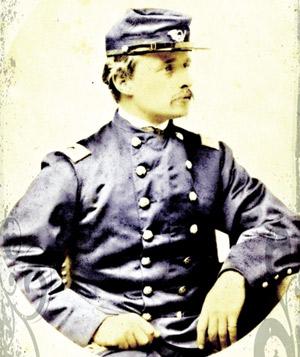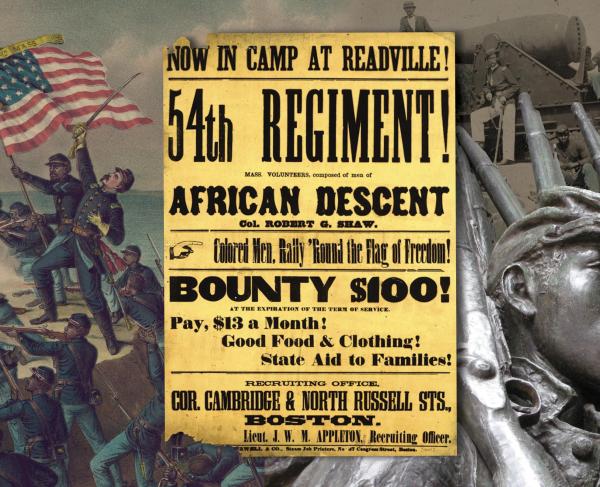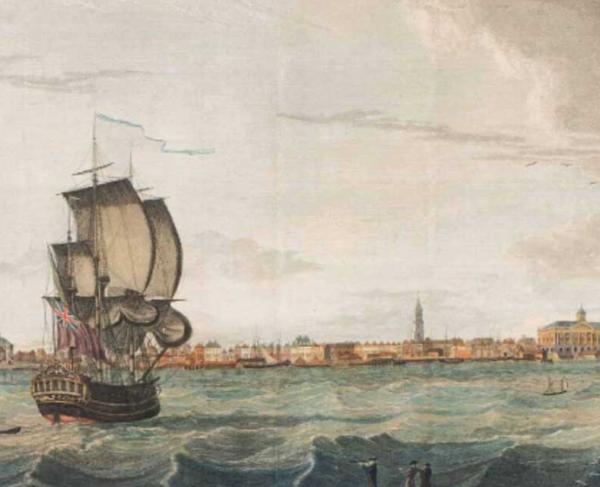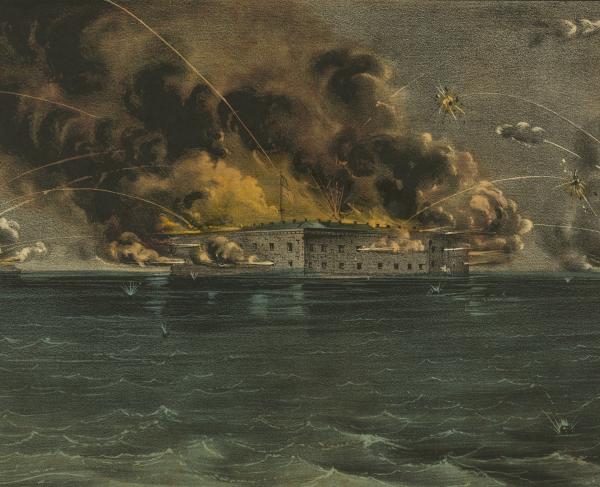The Storming of Battery Wagner


After the successful amphibious operation against Port Royal and the swift capture of Fort Pulaski, Brig. Gen. Quincy Gillmore was assigned to lead the 1863 campaign against the city of Charleston, S.C. Gillmore’s plan was to seize Morris Island and place heavy rifled guns on Cummings Point, training them on Fort Sumter. Once that Confederate stronghold was reduced, the army and the navy could move swiftly to capture Charleston.
On July 10, 1863, Gillmore’s Federal soldiers landed on the southern end of Morris Island and quickly pushed back the meager Confederate forces in that area but failed to capture Fort Wagner, a stronghold created out of sand, earth and palmetto logs. The next day, Brig. Gen. George Strong sent the 7th Connecticut, 76th Pennsylvania and 9th Maine on an early morning attack against Fort Wagner that was driven back with heavy losses.
Undeterred, the Federals prepared for a better-coordinated attack. The new plan included a close-range land and sea bombardment of the fort, followed by an assault by 5,000 infantrymen. Facing the Federal onslaught were more than 1,620 Confederates under the command of Brig. Gen. William Taliaferro, all ensconced within Fort Wagner, which bristled with 14 heavy guns, mortars, carronades and field pieces.
On July 18, 1863, after artillery bombardment subsided, Gillmore sent his Federal regiments up the narrow beach. The assault was led by the 54th Massachusetts, a Boston regiment of free African Americans led by Harvard-educated abolitionist Col. Robert Gould Shaw. The decision to have the 54th Massachusetts lead this dangerous, high-profile attack was fraught with political and military risk.
As they neared the fort, artillery and musket fire shredded the exposed Yankee ranks. Despite their heavy losses, the remnants of the 54th Massachusetts reached and scaled the earthen walls of Fort Wagner. Descending into the fort, they engaged in a bloody hand-to-hand struggle against Confederate defenders. Shouting “Onward boys! Onward boys!” Col. Shaw was quickly cut down by Confederate bullets and died on the sandy ramparts.
Subsequent assaults by the 6th Connecticut, 48th New York, 3rd New Hampshire, 9th Maine, 76th Pennsylvania, 7th New Hampshire, 100th New York, 62nd Ohio and 67th Ohio also failed to take the fort. Federal casualties reached 1,515, including Gen. Strong and Cols. John Lyman Chatfield, Haldimand Putnam and Shaw, all killed or mortally wounded. The 54th Massachusetts lost nearly 45 percent of its strength in the attack; the dead, including Shaw, were buried unceremoniously in a mass grave. By comparison, Confederate losses numbered only 174 men.
After this bloody repulse, the Federals settled into a lengthy and costly siege until Fort Wagner was abandoned on September 7, 1863.
Related Battles
1,515
174


